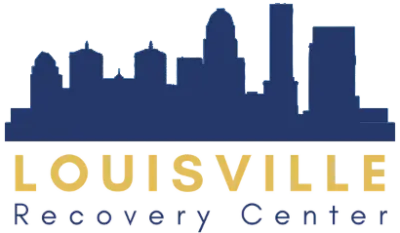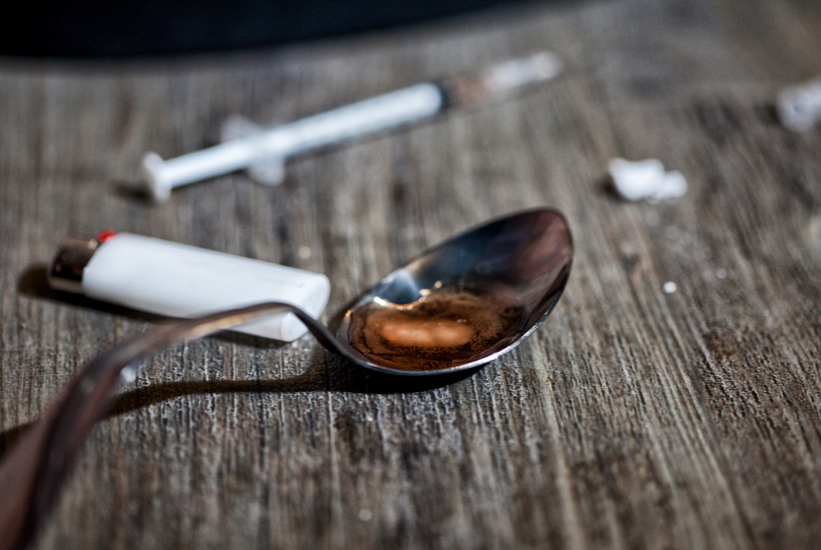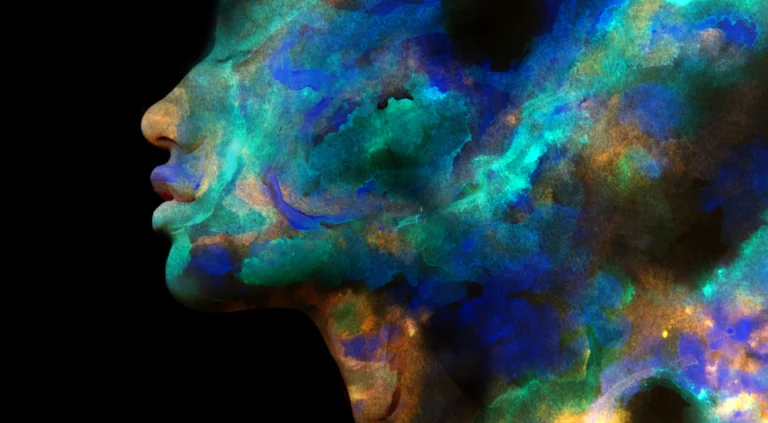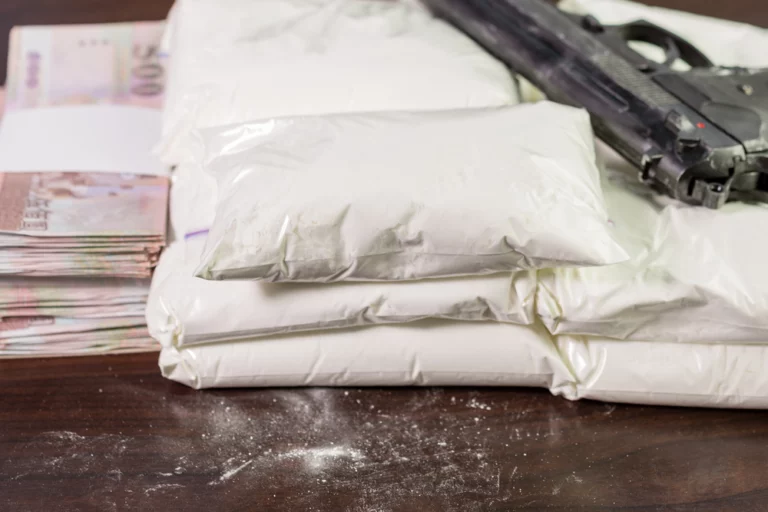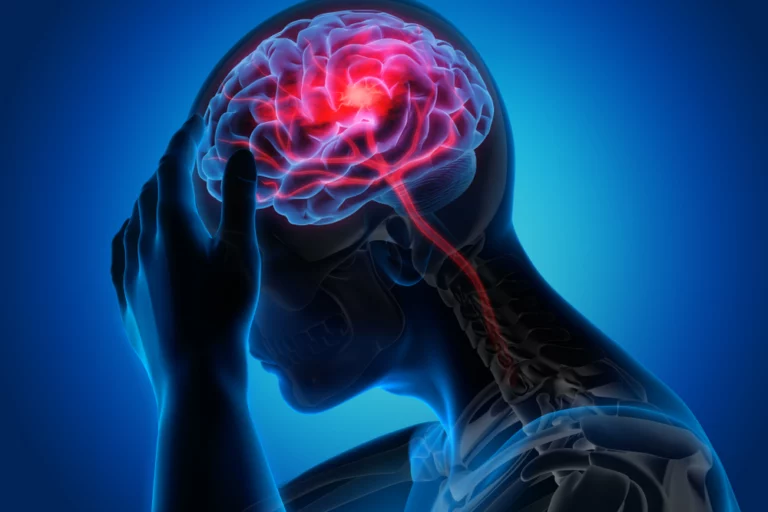Black Tar Heroin: Everything You Need To Know
You may have heard about the hazardous consequences of heroin use, but what about black tar heroin? Here is everything you need to know about this highly addictive substance, including its immediate and long-term outcomes, and how to respond if someone overdoses on it.
What is Black Tar Heroin?
Black Tar Heroin, a cruder form of the illicit opioid, heroin, is black, sticky, and coarse, and mainly found west of the Mississippi River in the U.S. and Canada. It is also known as Mexican Black Tar Heroin because it is one of Mexico’s leading illicit exports. There is a misconception that Black Tar Heroin is less potent than its white powder form, but the truth is that it is just as strong. This misconception can lead to people overdosing, as they think they must take more to achieve the same high. The sticky tar is very difficult to handle unless it is dissolved in water (which is often done using a spoon). It may be smoked or injected.
What Does Black Tar Heroin Look Like?
If you want to know what black tar heroin looks like or if you’re searching for black tar heroin images, you’ll find that it resembles what it’s named after. Black tar heroin resembles sticky tar, or it may be tough and look like coal. Impurities remain in the processing procedure for black tar heroin, resulting in its color and consistency. Black tar heroin might also appear dark orange or dark brown at times.
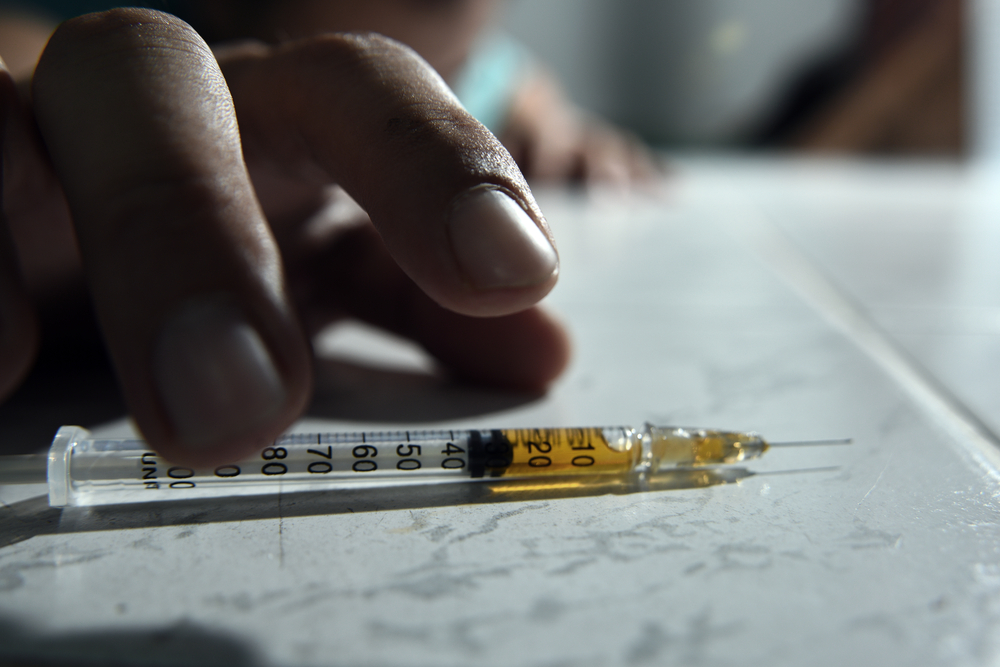
What Does Black Tar Heroin Smell Like?
People say that one of heroin’s recognizable characteristics is its strong vinegar-like odor. It has a stronger vinegar smell than other forms of heroin because of the chemical processes involved in its production. Higher-quality heroin that is purer is often washed after it is synthesized, resulting in a weaker smell. Since black tar heroin is less pure and may contain additives, it is usually more pungent. The smell of black tar heroin may vary slightly from batch to batch depending on what it is mixed with, but the odor will still be more pungent than that of purer heroin, regardless of the exact smell.
Street Names for Heroin
Heroin and its related subculture have a lot of slang terms, and the vernacular is frequently changing. Countries also have different terminologies. The production and distribution of heroin are always evolving, both naturally and because of necessity, and new words are created in order to avoid police detection. Heroin itself is frequently referred to using the following slang terms:
- Dope
- Smack
- H
- China white
- Snow
- Horse
- Brown
- Junk
- Skag
- Beast
- Hero
Effects of Heroin Use
Using heroin can lead to both physical and mental health issues. Impure heroin often contains substances that increase the probability of developing health problems and addiction due to its impurity. Furthermore, injection drugs such as heroin are injected under the skin, into the blood, and/or into muscles. However, its stickiness may lead to a variety of fatal health problems as a result of blocking black tar heroin users’ veins and natural body reflexes. Quickly after injection, users experience short-term side effects. This is because heroin is an opioid that blocks users’ pain receptors and natural reflexes. After prolonged use, users will begin to experience the long-term side effects of this dangerous drug.
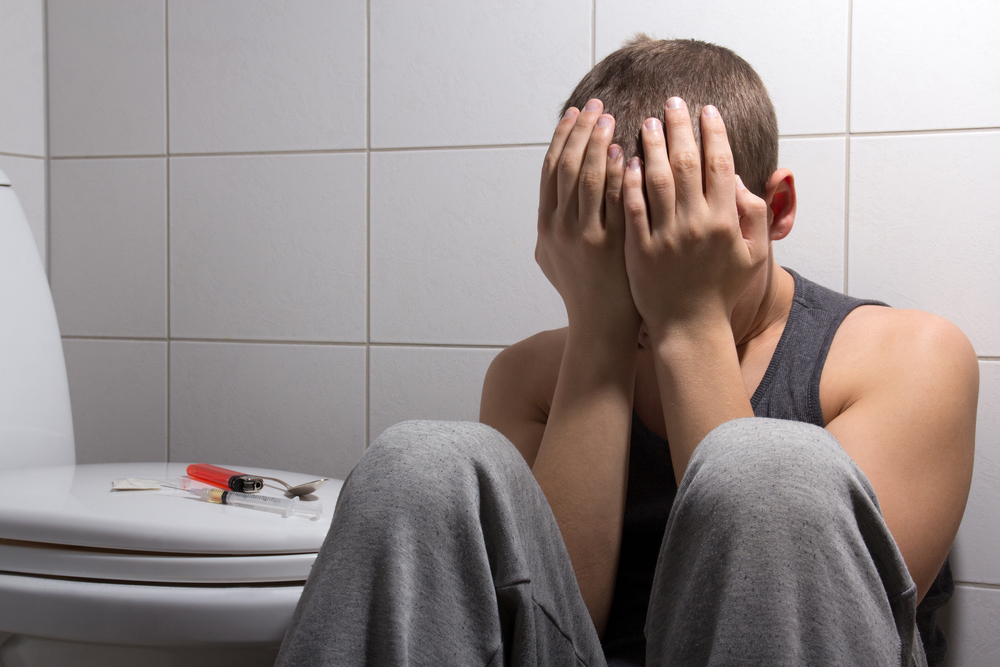
Short-Term Effects
- Euphoria
- Reduced cognitive ability
- Pain relief
- Dry mouth
- Sedation
- Itchiness
- Nausea
- Severe fatigue
- Slowed breathing
- Low blood pressure
Long-Term Effects
- Irreversible neurological damage
- Hormone changes
- Decrease in brain’s white matter
- Chronic anxiety
- Chronic depression
- Collapsed veins
- Pneumonia
- HIV
- Hepatitis
- Liver failure
- Kidney failure
- Coma
- Overdose
- Death
Additionally, the Centers for Disease Control and Prevention (CDC) has found a relationship between black tar heroin and a serious disease called wound botulism. Even though the CDC has discovered that injecting heroin results in open wounds, clostridium botulinum, a dangerous bacteria, can be transmitted through them. Wound botulism is a particularly deadly disease that results in the death of many heroin users who inject the drug. When the bacteria enters their bloodstream and attacks their body’s systems rapidly, this is known as “skin popping.” Skin popping causes weakness, throat swelling, breathing difficulties, paralysis, and death.
Dangers of Heroin Abuse
Heroin use has a number of adverse physical consequences over time, besides causing dependency and addiction. These consequences include insomnia, constipation, liver and kidney diseases, and heart infections, as well as sexual issues in men and menstrual alterations in ladies. A person’s mode of administration may result in additional problems. Those who snort it may experience nasal congestion, and those who smoke it might damage their lungs. Chronic lung illness may develop in those who inject it, as well as hardened or collapsed veins, skin infections, and an increased risk of acquiring HIV or hepatitis B.
Heroin use can not only result in physical problems but also mental health issues or worsen pre-existing mental health problems. When you come down from a heroin high, your brain misses the euphoria it creates, and you become depressed. heroin addicts frequently become hooked on heroin again to ‘fix’ their depression because of this. Unfortunately, once you’re hooked on heroin, the mental side effects don’t stop. Users experience mood swings, anxiety, paranoia, despair, and a tendency to be isolated, among other things. Some even report self-harm as a result of heroin use.
Black Tar Heroin Abuse in Louisville, Kentucky
The state of Kentucky’s heroin market is dominated by local independent Caucasian dealers, who transport most of the heroin into the state from Chicago, Cincinnati, Dayton, Detroit, and New York. South American heroin, which is of higher purity than Mexican heroin on average, is available in at least one region of the state. Mexican heroin is produced in Mexico and distributed in Kentucky by criminals.
According to the Department of Public Health and Wellness, the rise in heroin overdoses at Louisville Metro in 2016 was five times greater than in 2012. This trend was in contrast to the stability of other drugs such as benzodiazepines and cocaine, which remained relatively stable over this time period. Opioid-related hospitalizations were also two and a half times higher in 2016 than in 2012 and is only increasing.
Heroin Overdose
One of the greatest risks linked to heroin and other opioids is overdose. A person who consumes high amounts of heroin or similar substances might overburden their system and cause opioid toxicity. When a drug like heroin affects areas of the brain associated with respiration, it can result in dangerously slowed breathing if taken in excessive amounts.
Additionally, a heroin substance that is manufactured illegally is always of unknown purity. Drug dealers may combine heroin with a substance like fentanyl, which is a highly dangerous and respiratory-depressing opioid. A person who consumes this kind of illicit opioid blend may be in great danger, as it is unpredictably strong.
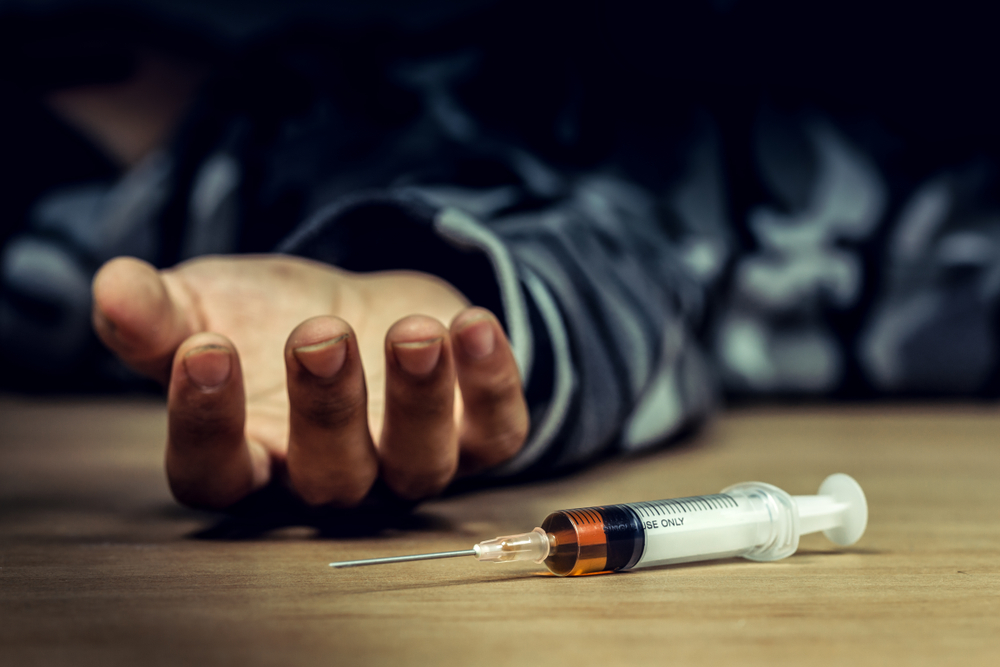
Signs of a Heroin Overdose
Medical professionals refer to the opioid overdose triad, a group of three signs that include respiratory depression, an extremely constricted (pinpoint-sized) pupil, and a severely decreased level of consciousness. These aren’t the only symptoms and signs associated with heroin overdose. Other symptoms and signs include:
- Vomiting
- Drowsiness
- Limp body
- Unconsciousness
- Choking or gurgling noises
- Shallow breathing
- Low heart rate
- Faint pulse
- Clammy skin
- Blue-tinted lips or fingernails
- Respiratory arrest
What to Do if Someone is Overdosing on Black Tar Heroin
In the United States, the majority of states have Good Samaritan laws, which protect you if you seek medical help after an overdose. If you believe that someone is currently overdosing, please call 911 immediately for medical assistance. An overdose of any substance is a medical emergency, so if you know or suspect that someone is overdosing, please call 911 immediately for help.
If you have naloxone, administer it to the victim. Naloxone, a drug that rapidly and safely reverses opioid overdoses, is frequently available at pharmacies or clinics without a prescription. Multiple doses may be necessary for situations where fentanyl is present since it typically results in more severe opioid-induced respiratory depression.
If the individual is conscious and breathing, keep them awake. If they are not conscious, place them in the recovery position on their side to prevent them from choking. Stay with the victim until emergency personnel arrives.
Treatment for Black Tar Heroin Addiction in Louisville
Heroin addiction is a devastating, disengaging, and possibly lethal condition that is frequently left untreated. Those who abuse heroin for a lifetime are at risk for emotional damage, illness, disease, and serious side effects. Heroin addiction treatment, though difficult, may be successful if the individual is willing to remain clean and overcome this potentially lethal disease. Treatment options are discussed below:
Detox
Heroin and other OUDs are often linked with dependence and withdrawal symptoms, making medically-assisted withdrawal a critical first step to recovery. Withdrawal from heroin may be accomplished safely and comfortably using medication, including buprenorphine or methadone, which reduces or eliminates cravings and withdrawal symptoms. However, detox alone will not yield long-term results and should be followed by additional treatment.
Residential Treatment
Inpatient or residential rehab programs typically last several weeks or months, depending on the patient’s individual needs. Patients receive daily behavioral therapy in both group and individual sessions throughout treatment. Patients are isolated from the outside world during inpatient treatment as they recuperate mentally and physically. Patients in inpatient rehab are given around-the-clock support from medical and mental health personnel as they reacclimate to living without heroin or other substances.

Outpatient Treatment
Patients may receive treatment in an outpatient setting as an alternative to inpatient care when appropriate for their recovery needs. Patients in outpatient treatment typically receive group and individual therapy sessions in a clinic setting, enabling them to practice what they learn in therapy outside of the clinic and process experiences in therapy appointments.
Medication-Assisted Treatment (MAT)
Long-term or permanent use of medications such as methadone, buprenorphine, and naltrexone can help patients manage cravings and reduce their risk of relapse beyond the medical withdrawal phase. These medications can be safely used for long periods or indefinitely, in some cases, to help individuals maintain their hard-won recoveries.
Recover From Black Tar Heroin Addiction at Louisville Recovery Center
Black tar heroin is highly dangerous and life-threatening if left untreated. At Louisville Recovery, people with heroin addiction can receive counseling, care, and comprehensive treatment. Treatment is important for a number of reasons, including providing information about substance addiction, helping individuals withdraw safely, addressing the causes of addiction, and developing healthier stress management and relapse prevention skills so they can remain heroin-free.
Drug addiction treatment services are available in Louisville and the surrounding area. If you or a loved one requires drug addiction treatment, contact Louisville Recovery Center right now. We are prepared to assist you.
ready to help.
